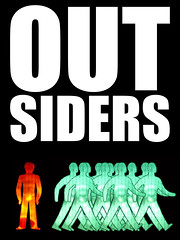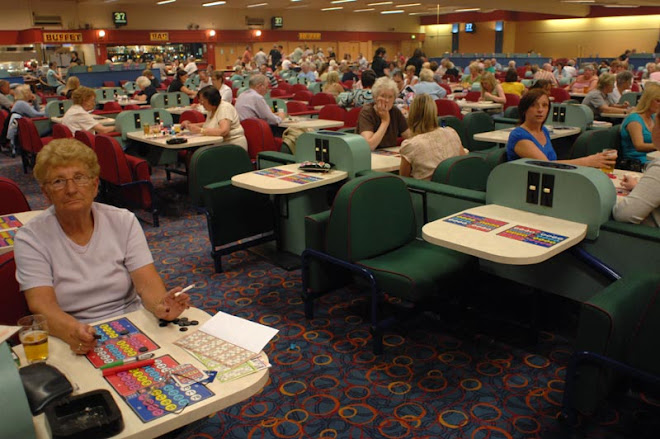You won't see Bolton University's Chadwick Campus in their prospectus.
The spread out complex is very 1960s - very similar to my secondary school in Birtley near Newcastle (that bit’s of interest to Geordies only, and even most of my Geordie readers won’t find it very interesting).
Some of the corridors and classrooms are quite rundown. And there are these bizarre covered walkways which link many of the buildings together. They are
in a style of which simply don't get made anymore.
Never-the-less, the photography school seems fairly well equipped. Though our course leader Ian Beesley paints himself as a technology aloof Yorkshireman, he is able to connect his laptop to the internet and the overhead projector without too many problems.
The online learning database - the VLE - is absolutely packed with support material, links and papers to read. It doesn’t look like they've missed anything out - they seem very aware of everything that is going in the industry.
For a few weeks now I have struggled to get my images accepted onto the Alamy photographic agency because of technical deficiencies. Alamy's own instructions are very ambiguous. I'd go as far to say that it is misleading.
However, a link from the VLE to a BJP article revealed how simple the process actually is. If only Alamy had the article on their own website.
NOTE: There is so much to read for the course on a weekly basis I am s****ing myself over getting it all read.
Where the money comes from: Huddersfield 1 QPR 1
10 years ago





